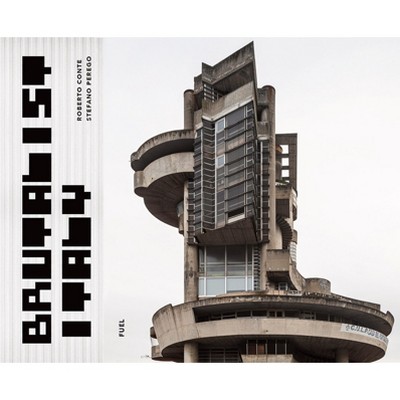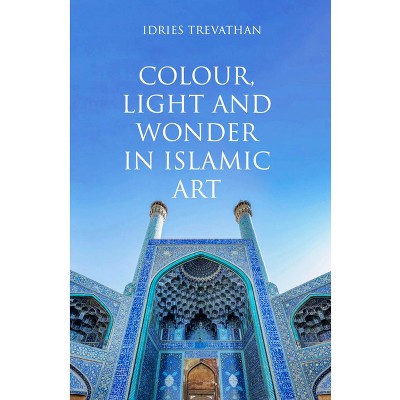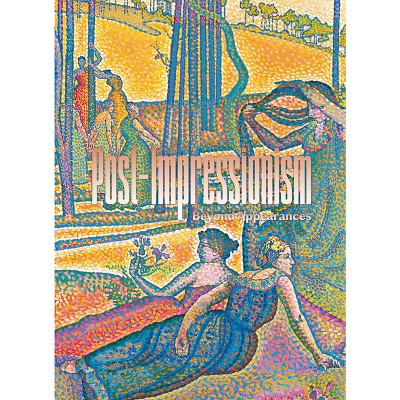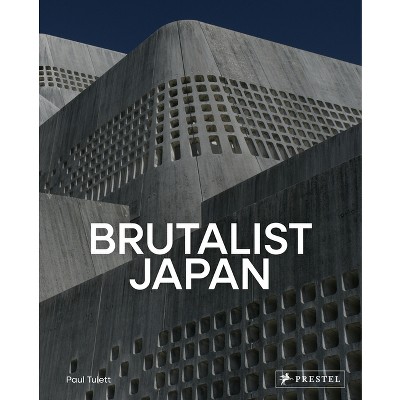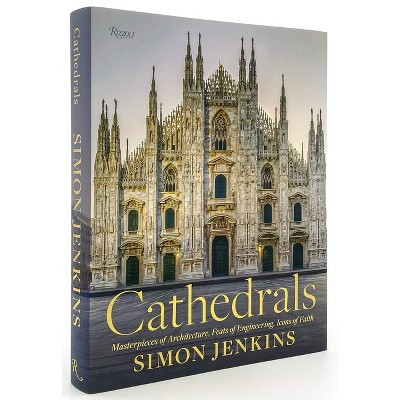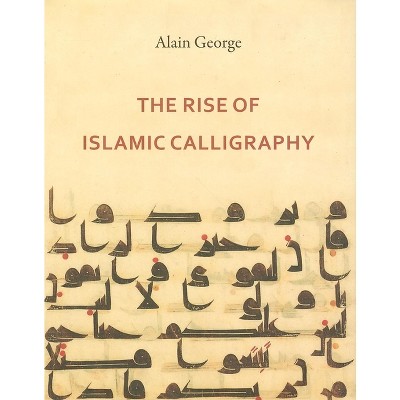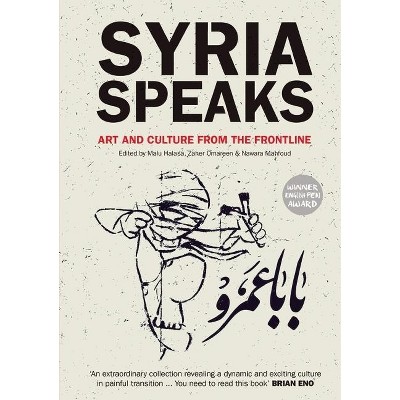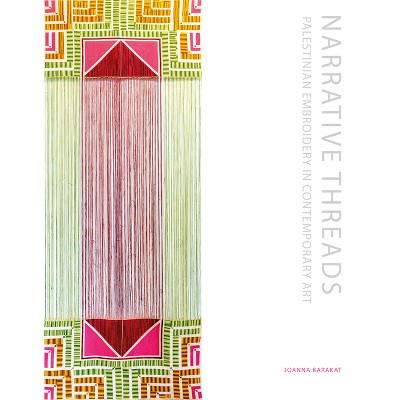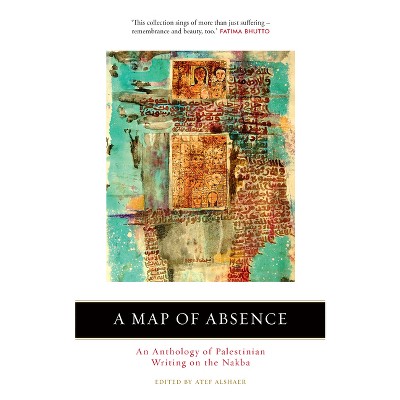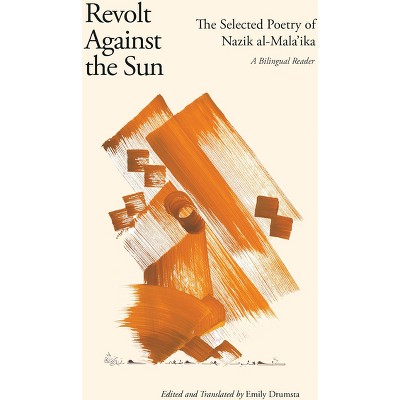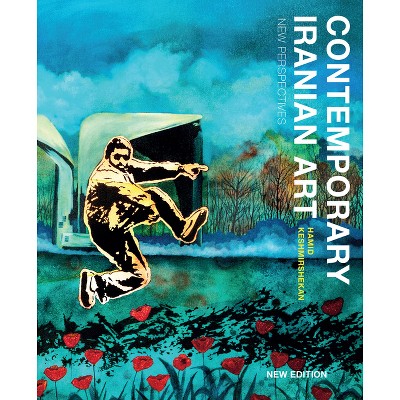About this item
Highlights
- The experience of colour in Islamic visual culture hashistorically been overlooked.
- About the Author: Idries Trevathan is a curator andconservator with close to twenty years' experience working with Islamic artcollections in the Muslim world and beyond.
- 256 Pages
- Art, Middle Eastern
Description
Book Synopsis
The experience of colour in Islamic visual culture has
historically been overlooked. In this new approach, Idries Trevathan examines
the language of colour in Islamic art and architecture in dialogue with its
aesthetic contexts, offering insights into the pre-modern Muslim experience of
interpreting colour.
The seventeenth-century Shah Mosque in Isfahan, Iran, represents
one of the finest examples of colour-use on a grand scale. Here, Trevathan
examines the philosophical and mystical traditions that formed the mosque's
backdrop. He shows how careful combinations of colour and design proportions in
Islamic patterns express knowledge beyond that experienced in the corporeal
world, offering another language with which to know and experience God. Colour
thus becomes a spiritual language, calling for a re-consideration of how we
read Islamic aesthetics.
Review Quotes
'An important contribution
to the study of Islamic art. Idries Trevathan brings out with admirable clarity
the metaphysical and cosmological meanings of colour and light beyond their
decorative function.' SEYYED HOSSEIN NASR,
George Washington University 'Every student of Islamic
art should read this book. It brilliantly brings together pre-modern Islamic
theories on colour with contemporary theories and scholarship. Much more than
mere art history, this tour de force breaks the artificial boundaries between
disciplines. Rather, it compares the theoretical literature on colour with the
process of creating colour and the application of colour in art. Highly
recommended.' SAMIR MAHMOUD, Assistant Professor in the Department
of Architecture & Interior Design, Lebanese
American University
About the Author
Idries Trevathan is a curator andconservator with close to twenty years' experience working with Islamic art
collections in the Muslim world and beyond. Trevathan works regularly on
conservation projects and has conducted technical and aesthetic colour studies
on a range of Islamic art, including the nineteenth-century Malay Qur'an
manuscripts, eighteenth- to nineteenth-century Damascene reception rooms and sixteenth-century
Ottoman porticoes in the Grand Mosque in Mecca. Trevathan trained as an art
conservator at the City & Guilds of London Art School and earned a PhD in
colour in Islamic art from the Prince's Foundation School of Traditional Arts,
London.

